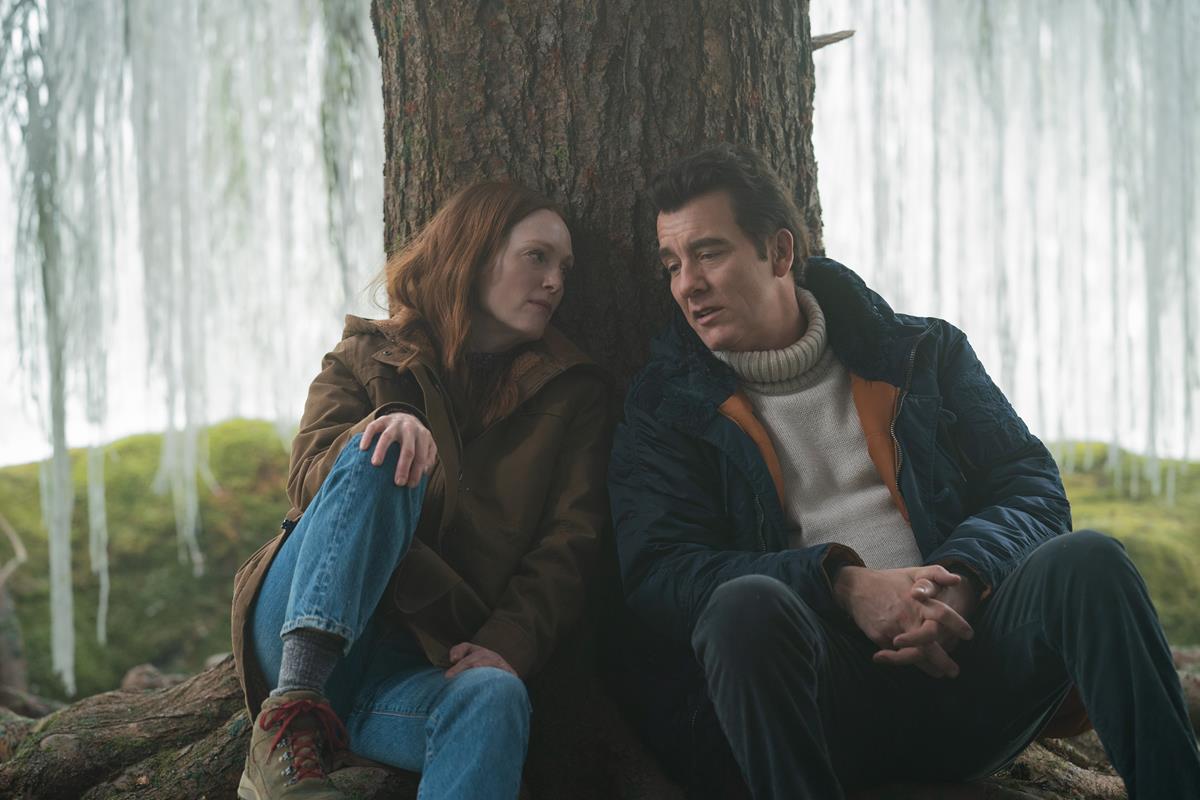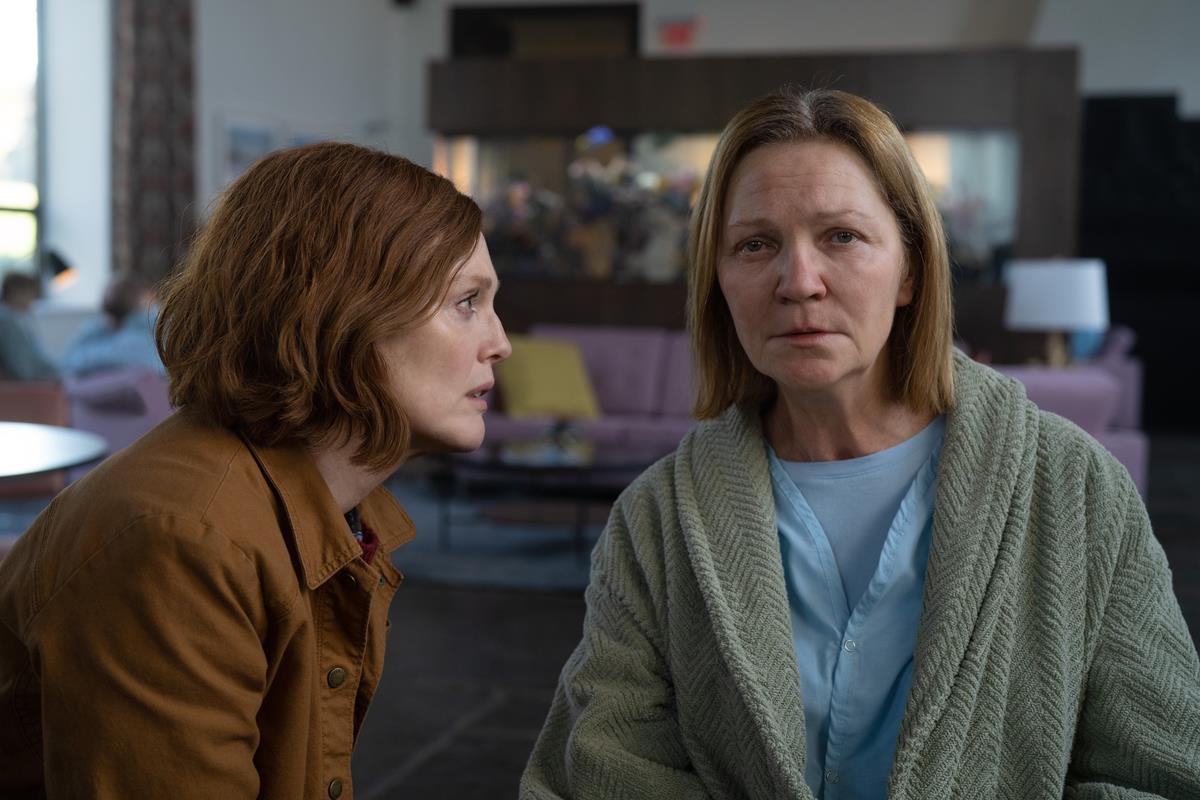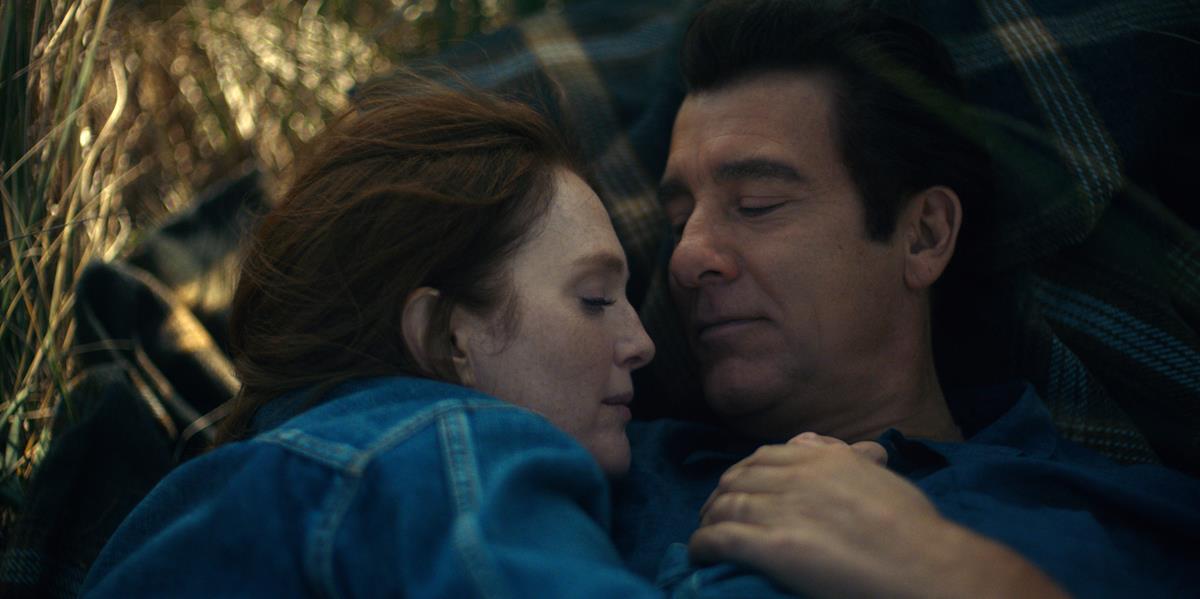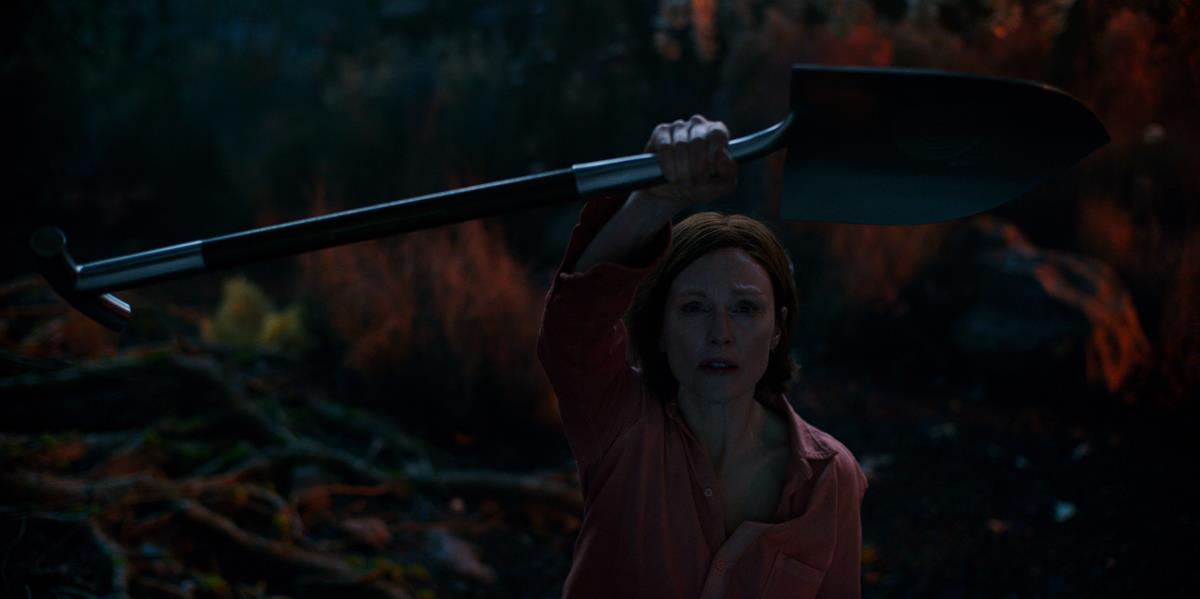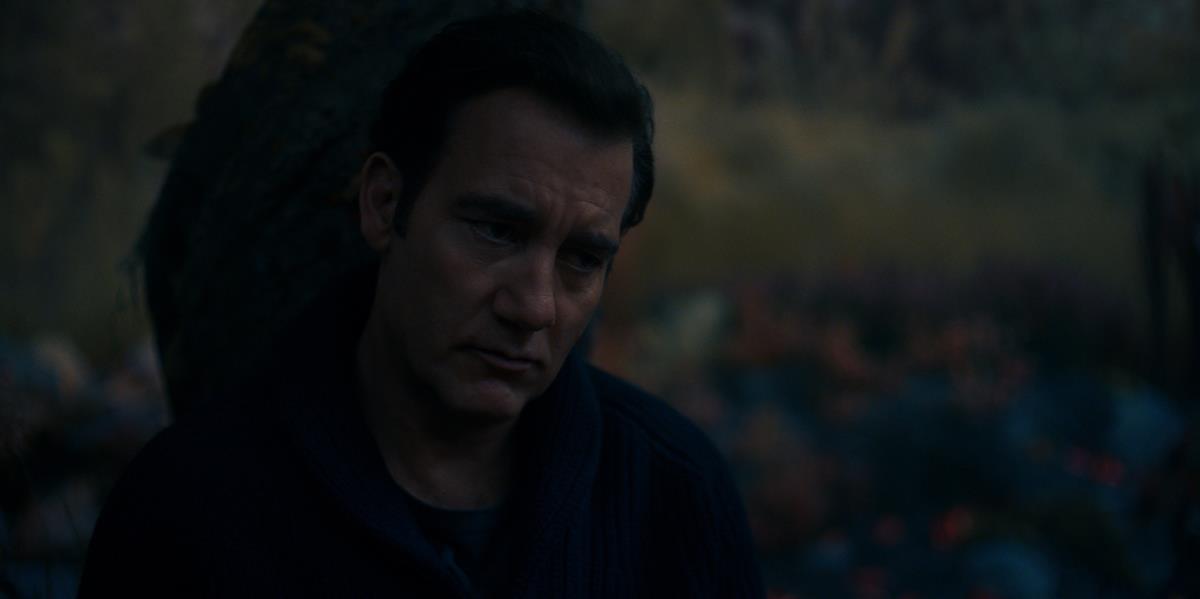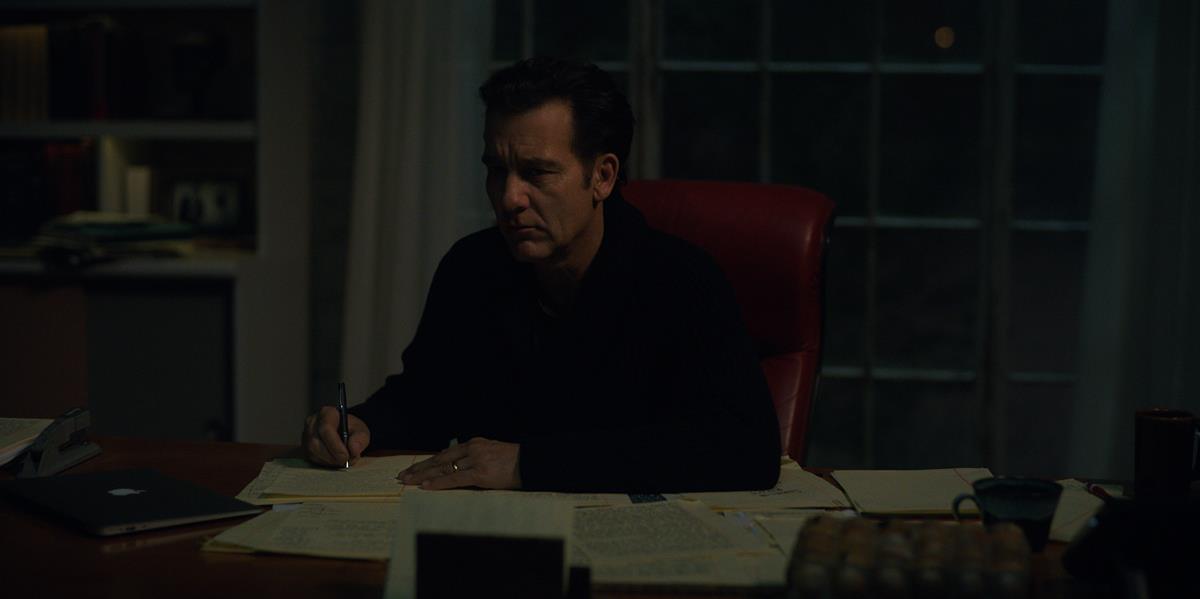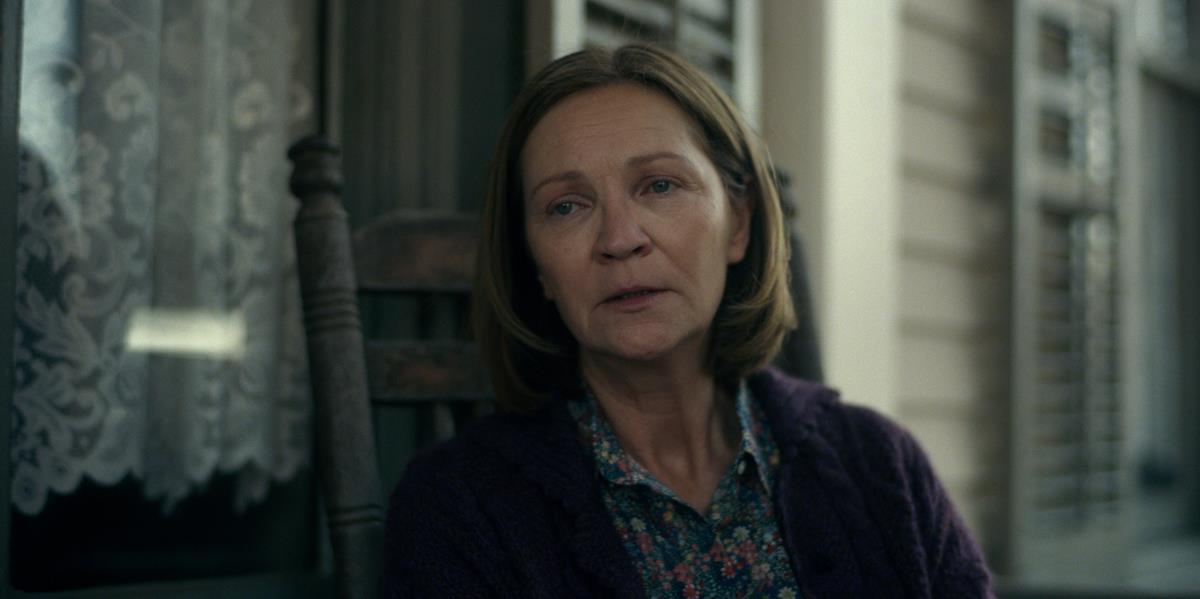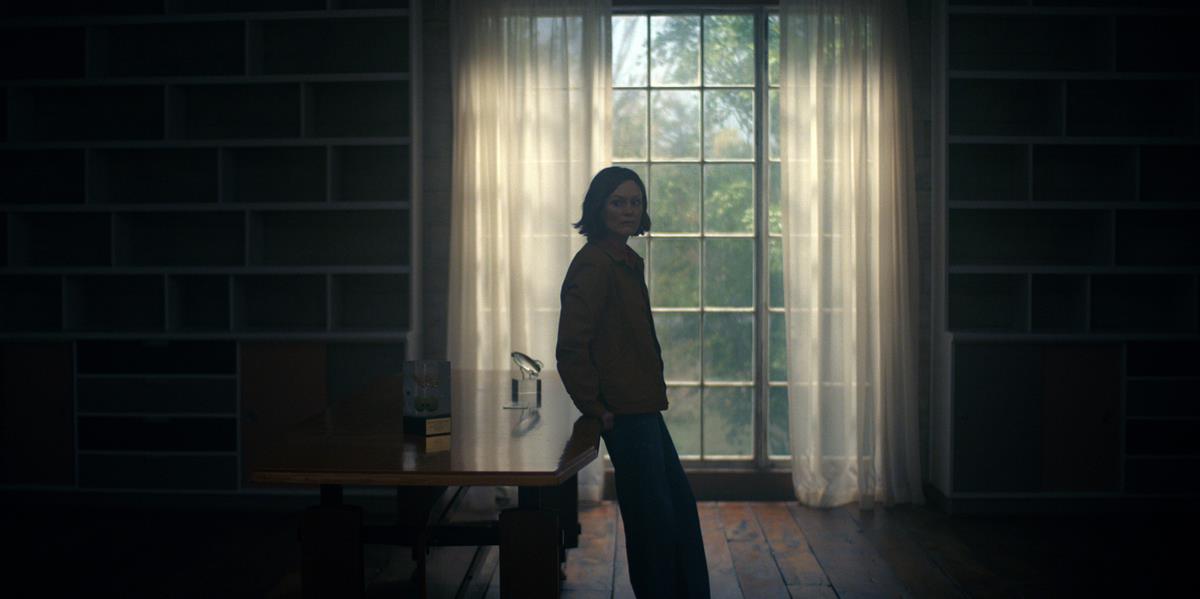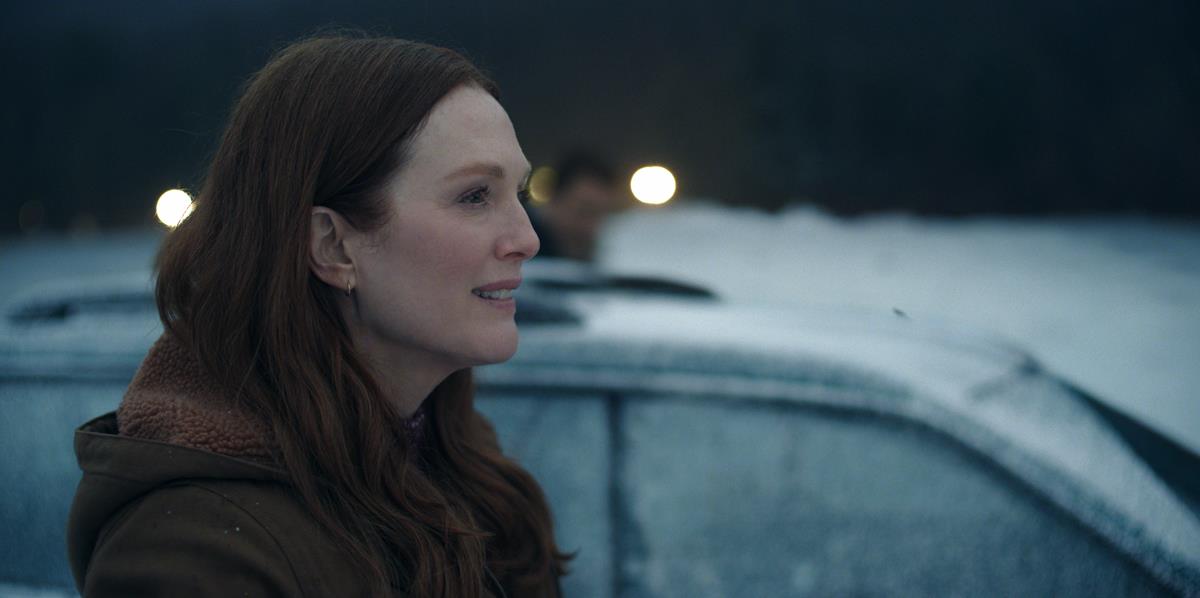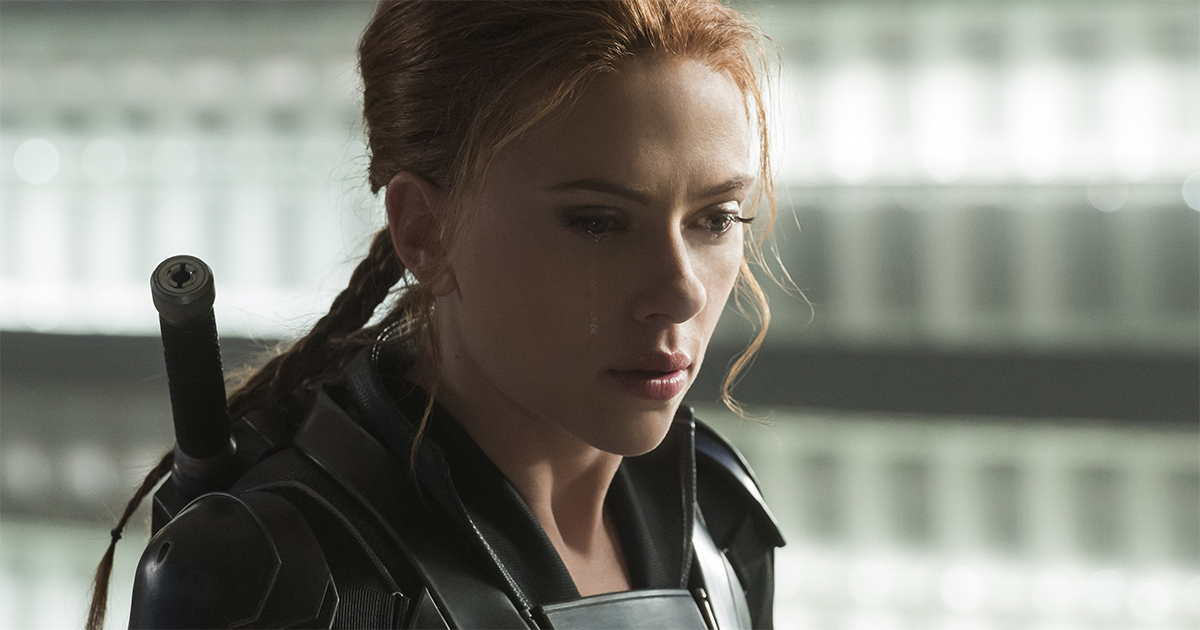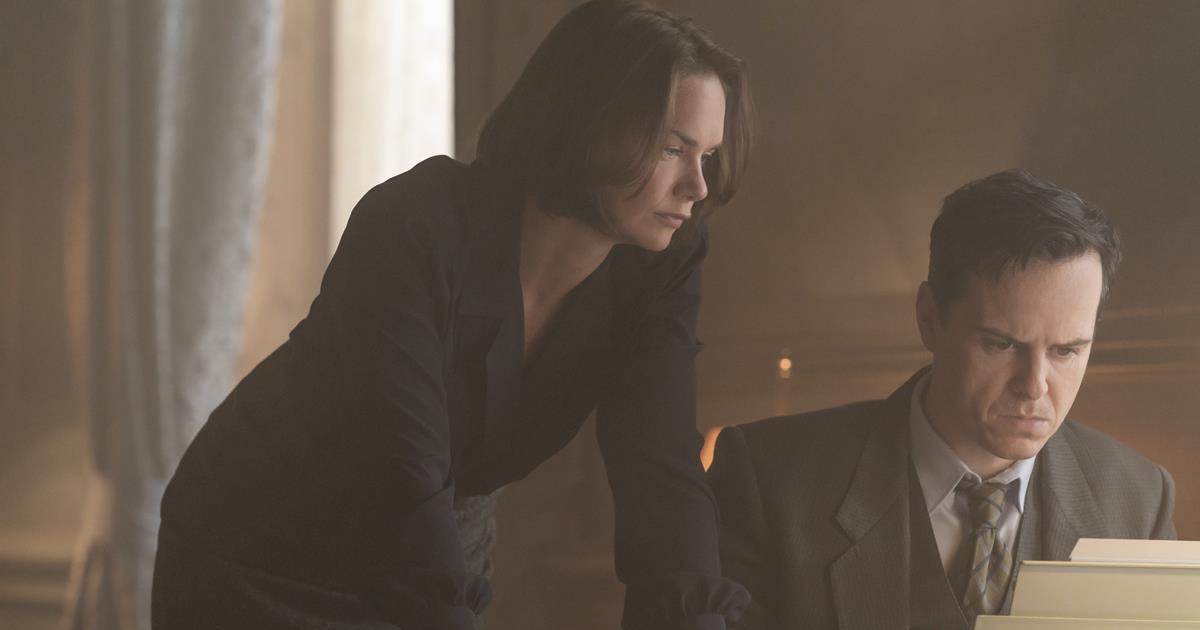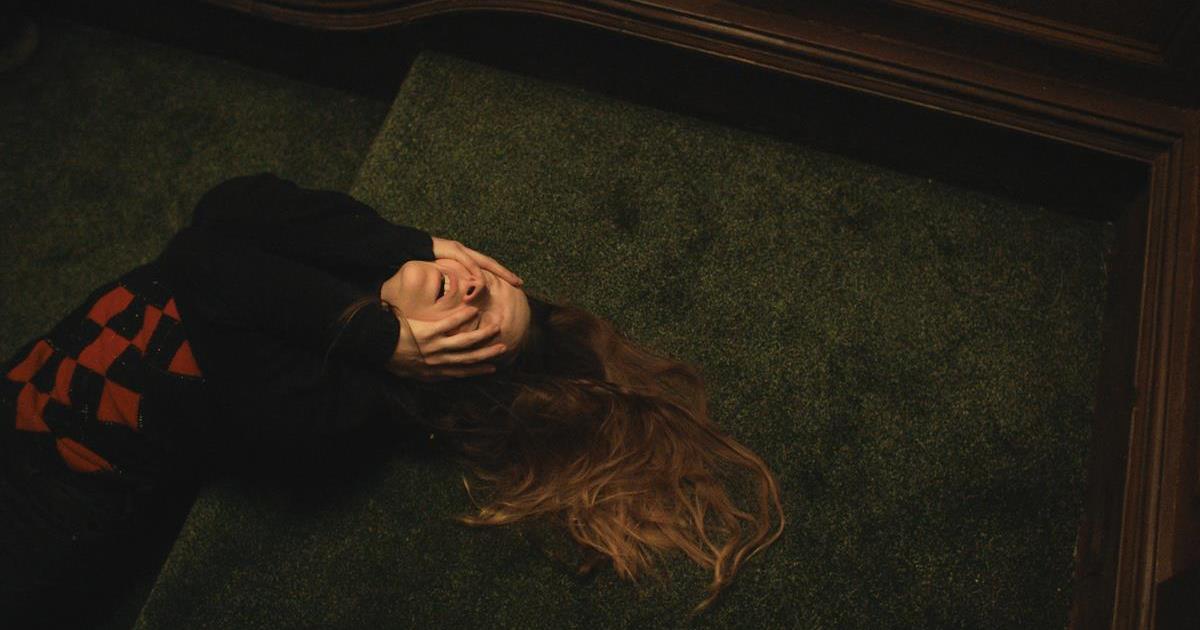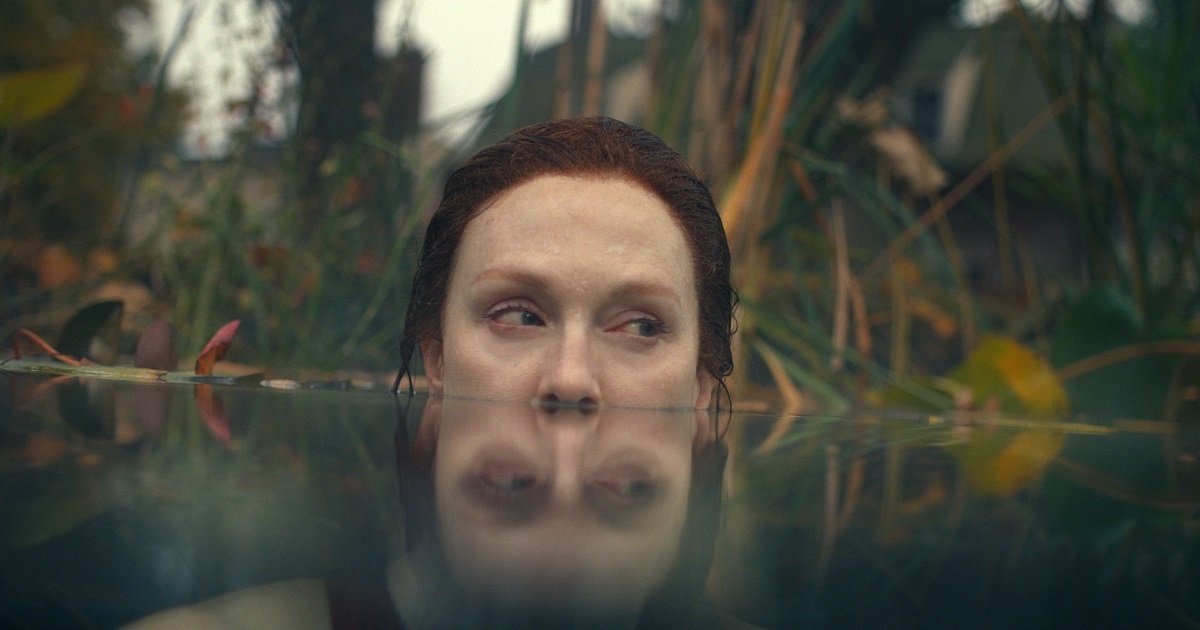
Chilean filmmaker Pablo Larraín (Jackie) takes on novelist Stephen King in an eight-hour adaptation of King’s 2006 psychological horror novel, Lisey’s Story.
Julianne Moore plays the title character, a widow who believes she’s being stalked by a man who worshipped her author husband, played by Clive Owen.
“Stephen King is someone who’s been able to understand our humanity in a very universal ways,” Larraín said in a behind-the-scenes featurette released by Apple.
Larraín traveled to Maine, where King lives, and stayed in the author’s house to try to understand what King was really looking for that maybe wasn’t confined to the page. King himself has written the Apple TV+ show’s screenplay.
“I, personally, struggled at the beginning,” Larraín reveals. “I wanted to take everything to a more grounded sort of space, where the narrative was more naturalistic or realistic. And [King] was like, ‘No, you have to come to my world where all the things happen to the characters.’ ”
That meant a creative decision to mix fantasy with “reality” until the protagonists nor audience know quite which way is up.
In his review of the series, IndieWire’s Steve Greene certainly noticed the interplay between fantasy and reality to create the lyricism that Larraín hints at.
“The show is meticulously hinting at a tranquil world beyond memory. It’s rendered in stark blues and oranges, complete with marbleized faces and onlookers both rapt and wrapped. What it all means isn’t abundantly clear, but the longer Lisey’s Story goes, the more it succeeds as a sensory experience than one governed by logic,” said Greene.
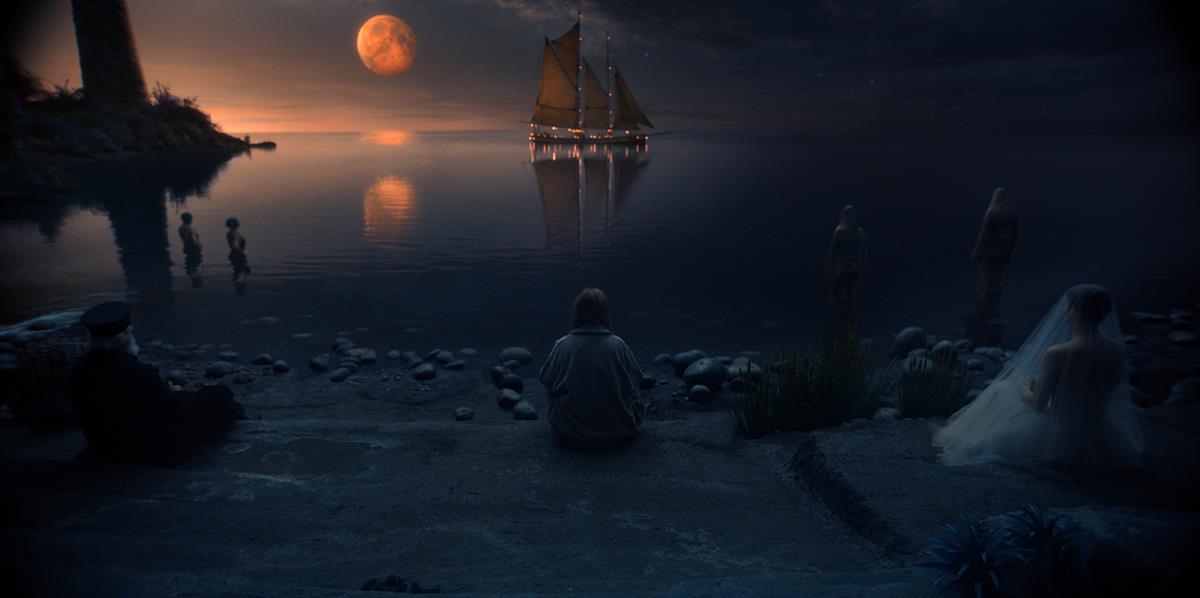
READ MORE: Lisey’s Story Review: Apple TV Stephen King Show is a Punishing Watch (IndieWire)
Working with Larraín for the first time is cinematographer Darius Khondji ASC, AFC. “Both Pablo and I wanted to have a depth in the darkness,” Khondji tells ICG Magazine. “I love having the slightest details, allowing your imagination to create more. And this camera goes deep in the dark, but also, with the sensor’s high dynamic range, can go high in highlights, at the same time.”
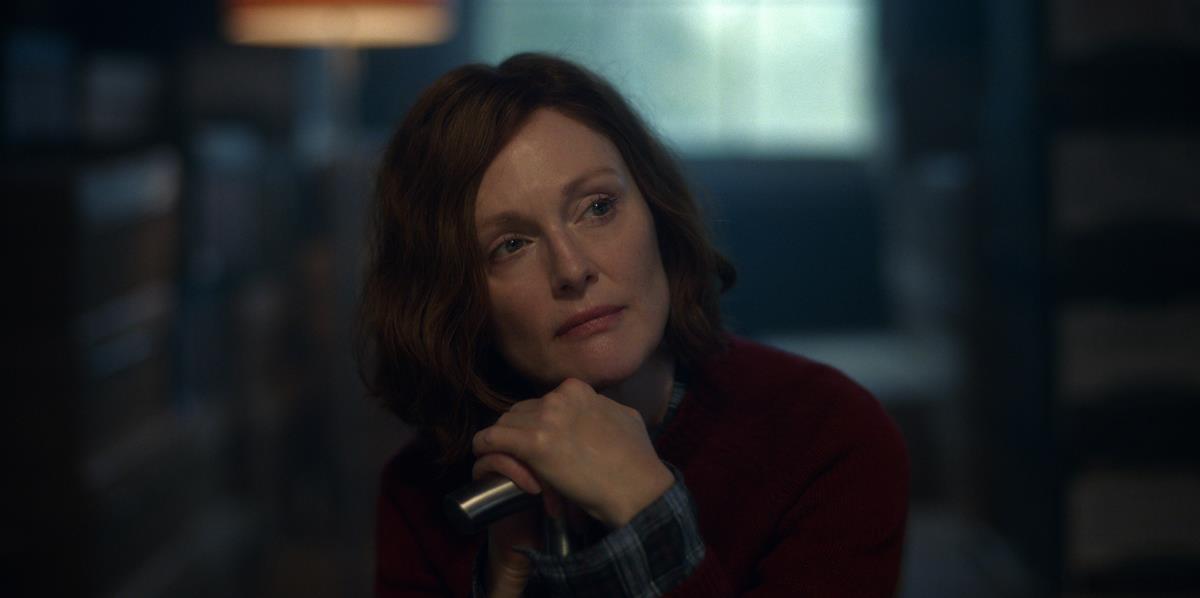
READ MORE: Moonlight Becomes Her (ICG Magazine)
The filmmakers selected ALEXA 65, as Khondji explained. “It was strange to propose it for a TV project, but it has a way of seeing both close-ups and landscapes differently, compared to regular Super 35. And the camera, with its large sensor, has lots of definition. But more importantly, it brings a lot of presence for the main character.”
Also according to ICG, the DP’s principal lens was Tribe7’s Blackwing7 developed by Bradford Young, ASC, and lens technologist Neil Fanthom. A-camera operator Jim McConkey credits the Wave1 Steadicam Stabilizer as helping to level the “cumbersome” ALEXA 65.
For the fantastical centerpiece, the enchanting pool of Boo’ya Moon, production designer Guy Hendrix Dyas created an amphitheater-like set surrounded by green screen at Steiner Studios Brooklyn.
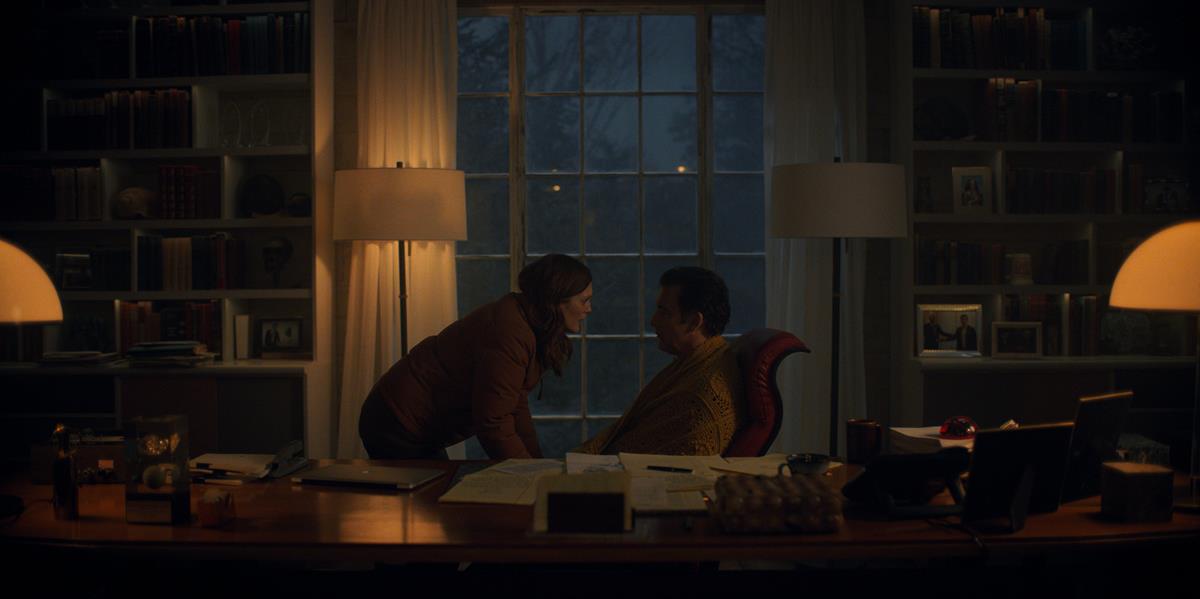
Dyas’ influences for the fantasy set included Khondji’s early work with Jean-Pierre Jeunet on Delicatessen and The City of Lost Children.
From the beginning, Pablo had expressed the importance of water as a means of getting to Boo’ya Moon, Dyas tells Variety.
“Whenever the audience sees or hears water, perhaps running faucets or even raining interiors, they should know that a character will likely transition to the other world. Pablo’s idea was not just confined to the magical pool. Water appears everywhere in the series; from a custom-built fish tank (completed with a tiny shovel) to carefully chosen paintings showing the sea and strange islands.”
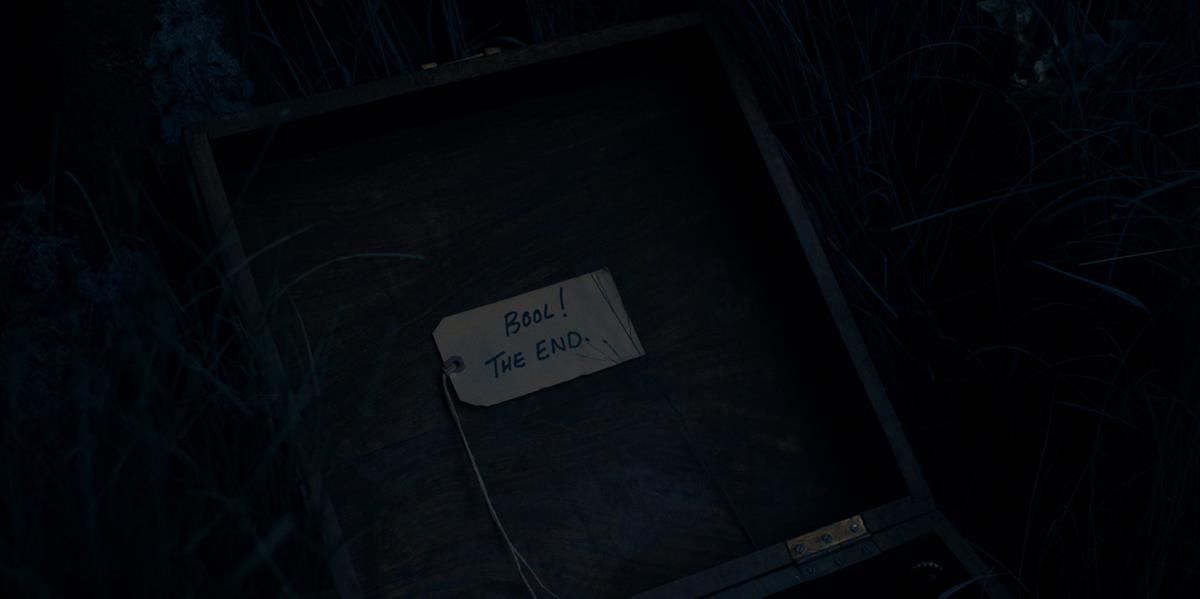
READ MORE: ‘Lisey’s Story’: How Stephen King’s Creepy World Was Brought to Life (Variety)
Translating this to film was a challenge for the camera crew. “I scratched my head for a long time and continued to read the script and look at Guy’s designs,” key grip Rich Guinness described to ICG. “The set was impossible to walk over, severely limiting opportunities for Jim to use his Steadicam. It was just too hazardous.”
The solution was three cranes: 75- and 50-foot Technocranes and a 60-foot MovieBird, with Libra heads.

The key grip worked with Dyas to leave space for the cranes’ bases — the 75-footer placed outside the far edge of the pool, allowing it to reach across nearly anywhere on the set. The 50- and 60-foot cranes were placed on the right and left sides, respectively, on 30-by-30-foot rolling platforms.
“Usually when you have a 50-foot crane,” McConkey reflects, “you know when you’re going to hit the end of its reach. With the 75-footer, I could reach across the water, and it never seemed to end. Anything you wanted to do, that crane could reach,” including a spectacular move that begins on a closeup of Amanda’s face and swings back to reveal the entire Boo’ya Moon world, all in focus.
“The ALEXA 65 was strange to propose it for a TV project, but it has a way of seeing both close-ups and landscapes differently, compared to regular Super 35. And the camera, with its large sensor, has lots of definition. But more importantly, it brings a lot of presence for the main character.”
— Darius Khondji ASC, AFC
Colorist Damien Vandercruyssen, at Harbor Picture Company in New York, aided Khondji in creating a base LUT that was bluish in shadows, with slight golden highlights.
According to Vandercruyssen, the DP desired a very dark show, but also wanted to see the actors and not lose any of the action. “Because of the amount of latitude I had in the neg, the exposure was perfect to darken some elements,” he says. “It’s one of the benefits of having HDR with the ALEXA 65 and being able to stretch those out. If it had been shot underlit, you wouldn’t have had the same amount of saturation.”
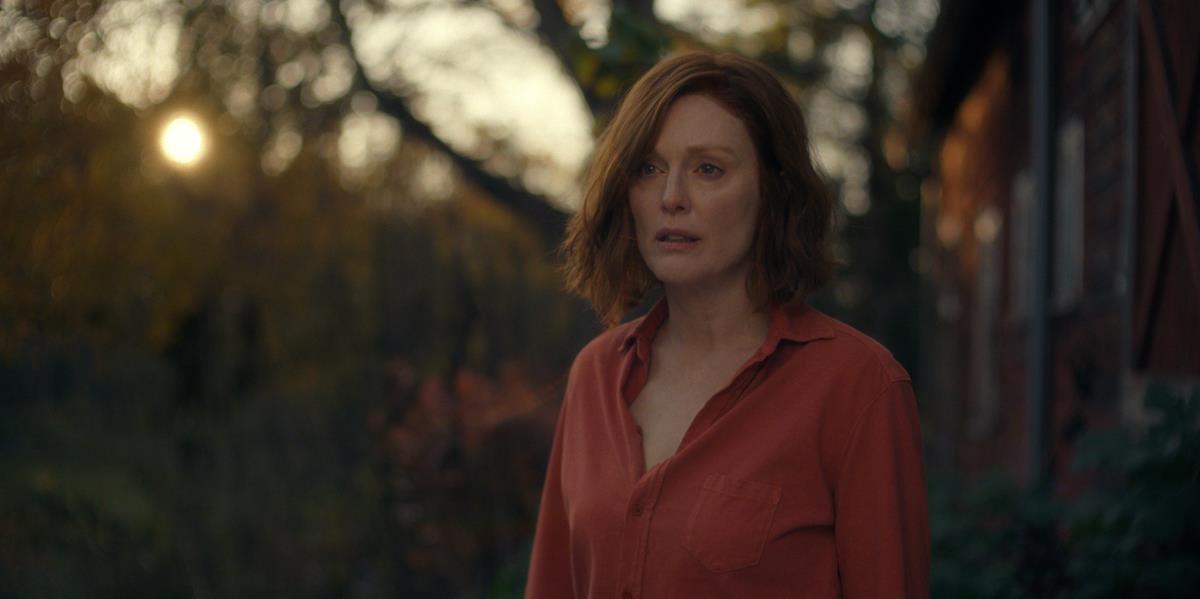
While Boo’ya Moon was built in Steiner’s large Stage 3, another set for the Fairy Forest was filmed at Agger Fish Warehouse, also in the Brooklyn Navy Yard. Built on shipping containers and winding from its “Sweetheart Hill” at one end to the other, ostensibly adjoining Boo’ya Moon, it required a map made by Dyas to help Larraín and Khondji plan story moves.
It was important to Larraín that the forest set and the pool felt as real to the actors as possible. “Both places are where most painful elements can exist, and at the same time it’s a place for healing and beauty,” he tells Variety.
“That friction between those elements somehow gave us the tool to really understand how to do it.”


